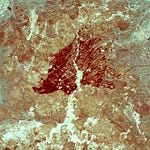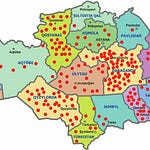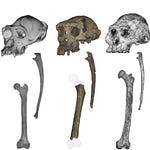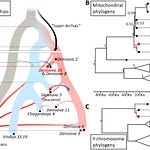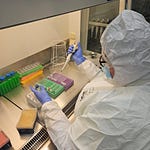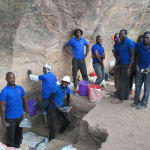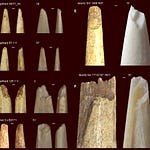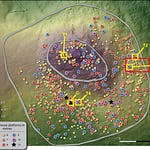In 1902, British archaeologists excavating a tomb at Nuwayrat, a village on the banks of the Nile south of Cairo, unearthed the skeleton of a man sealed inside a large ceramic pot. He had died more than 4,500 years ago, sometime between Egypt's Early Dynastic and Old Kingdom periods. Now, more than a century later, that man has quietly made history again—as the first ancient Egyptian to have his entire genome sequenced.
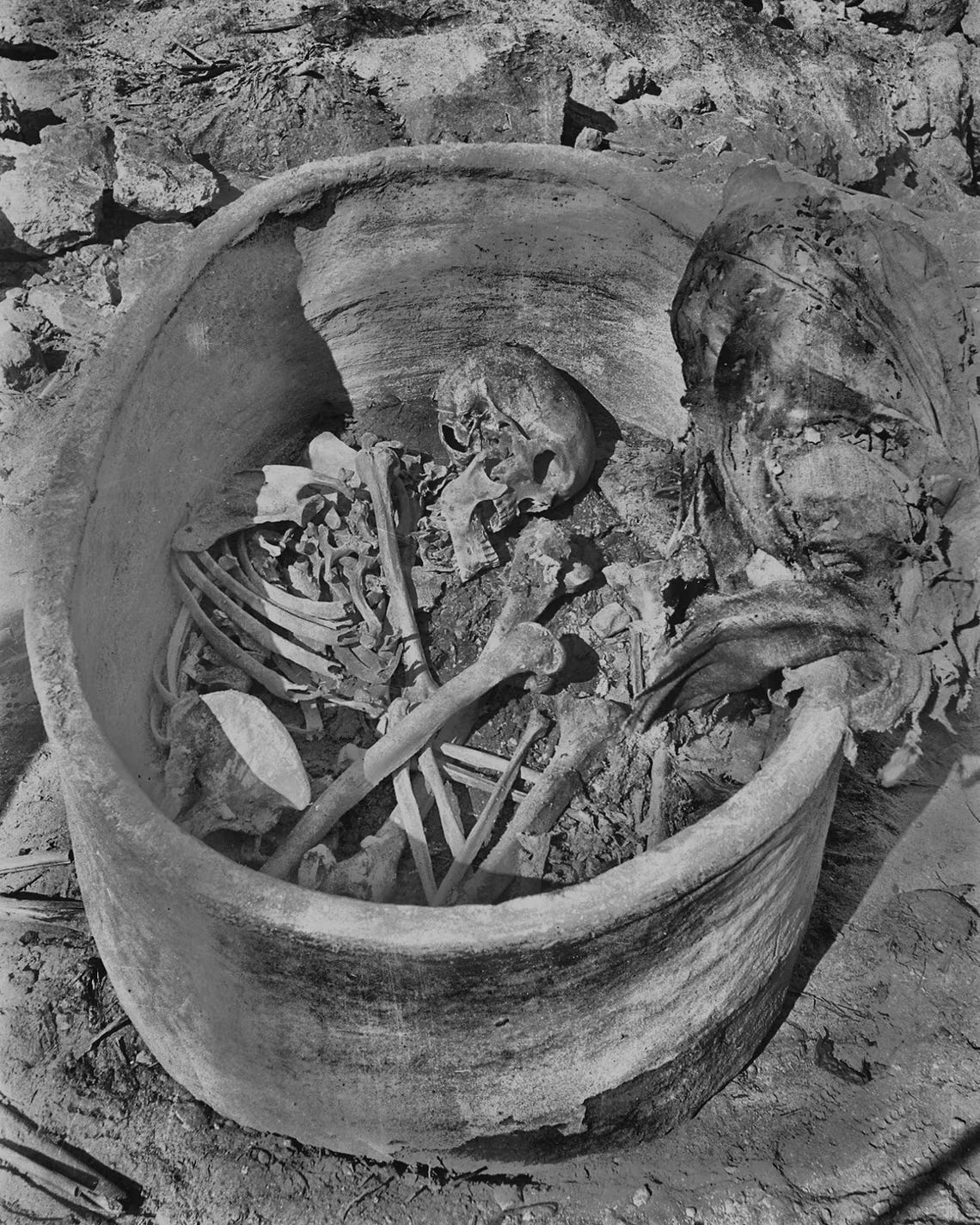
The study, published in Nature1 by a team from the Francis Crick Institute and Liverpool John Moores University, extracted DNA from one of the man's teeth, revealing a detailed picture of his ancestry and hinting at the movements of people across Africa and West Asia during the early stages of state formation in Egypt.
A Body Shaped by Labor, Preserved by Burial
The man was likely middle-aged, perhaps in his 60s—old by the standards of ancient Egypt. His bones tell the story of a life spent in hard physical work. Muscle markings in the arms and legs, the expanded ischial tuberosities (seat bones), and signs of arthritis in the right foot suggest long periods spent sitting on the ground with outstretched limbs and repetitive upper-body motion.
"The markings on the skeleton are clues to the individual's life and lifestyle," said Joel Irish, anthropologist at Liverpool John Moores University. "His seat bones are expanded in size, his arms showed evidence of extensive movement back and forth, and there's substantial arthritis in just the right foot."

Irish and his colleagues speculate that the man may have been a potter. The potter's wheel, a technological innovation likely introduced to Egypt from the Fertile Crescent around the mid-third millennium BCE, would have required exactly the kind of seated, repetitive labor his body exhibits. That he was buried in a large ceramic pot in a rock-cut tomb—a relatively high-status burial at a time before artificial mummification—raises questions about his social role.
"Not any old person ends up in a rock-cut tomb," Irish noted. "Maybe he was a super-good potter and ended up in someone’s favor."
North African Roots, West Asian Threads
The genetic results confirmed that most of the man’s ancestry derived from ancient North African populations. But a significant portion—about 20% of his genome—traced to Neolithic individuals from the Fertile Crescent, particularly from Mesopotamia.
"This is the first genetic evidence for potential movements of people in Egypt at this time," said Linus Girdland Flink, lecturer in ancient biomolecules at the University of Aberdeen.
While archaeology has long pointed to trade and cultural contact between Egypt and the Fertile Crescent—visible in shared pottery styles, writing systems, and imported goods—direct genetic evidence for population movement has been rare. The region’s hot and humid climate often degrades ancient DNA, making successful recovery extremely difficult.
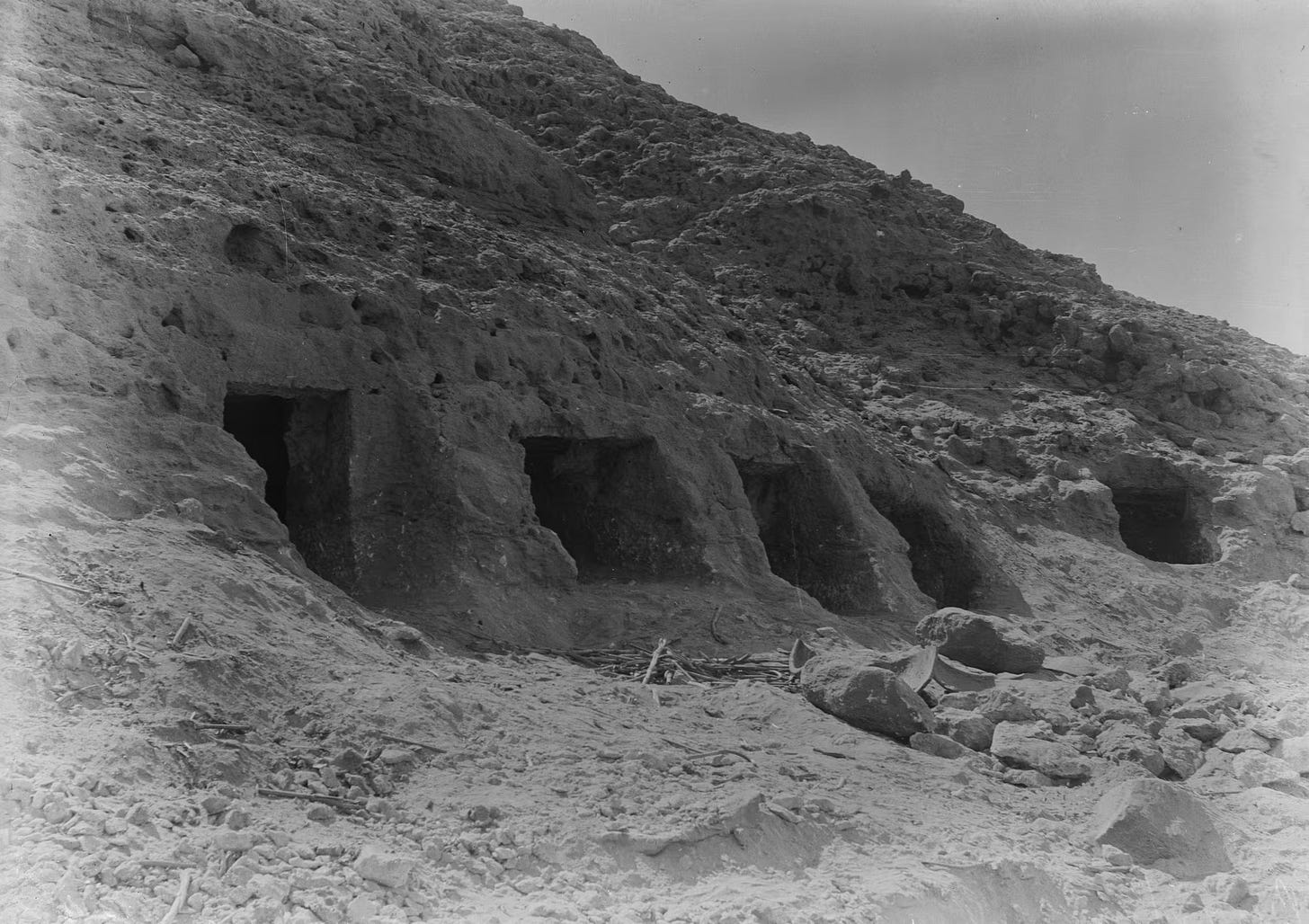
Pontus Skoglund, who leads the Ancient Genomics Laboratory at the Francis Crick Institute, emphasized the technical challenge:
"Ancient Egypt is a place of extraordinary written history and archaeology, but challenging DNA preservation has meant that no genomic record of ancestry in early Egypt has been available for comparison."
The team’s ability to extract and sequence a full genome was likely aided by the unusual nature of the man’s burial. The sealed pottery vessel may have created a microenvironment that shielded the tooth from the worst effects of Egypt’s climate.
An Unusual Journey, Then and Now
The pot burial, rare in ancient Egypt, may have been part of a local tradition or a symbolic act. But this individual’s journey continued long after death. Excavated in 1902 by British archaeologist John Garstang, his remains were donated by the Egyptian Antiquities Service to the Liverpool Institute of Archaeology and later housed at World Museum Liverpool. There, he survived the Blitz—the collection largely destroyed by bombing during World War II—intact inside his ceramic container.
More than a century later, he has become a genetic time capsule.
"We've now been able to tell part of the individual's story," said Flink, "highlighting mixture between groups at this time."
The implications of this single genome are far-reaching. Egypt during the Old Kingdom was not an isolated, insular civilization. It was a hub of interaction, where trade goods, technologies, and people moved through the Nile Valley. The man in the pot may represent not just an individual but a broader pattern of movement and mixing that accompanied Egypt’s rise to power.
Future work will focus on building a larger genomic dataset from ancient Egypt, ideally with Egyptian-led research and local excavation.
"Piecing together all the clues from this individual's DNA, bones and teeth has allowed us to build a comprehensive picture," said Adeline Morez Jacobs, first author of the study. "We hope that future DNA samples from ancient Egypt can expand on when precisely this movement from West Asia started."
Related Research
Fregel, R., et al. (2018). Ancient genomes from North Africa evidence prehistoric migrations to the Maghreb from both the Levant and Europe. Proceedings of the National Academy of Sciences, 115(26), 6774–6779. https://doi.org/10.1073/pnas.1800851115
Schuenemann, V. J., et al. (2017). Ancient Egyptian mummy genomes suggest an increase of Sub-Saharan African ancestry in post-Roman periods. Nature Communications, 8, 15694. https://doi.org/10.1038/ncomms15694
Skoglund, P., & Mathieson, I. (2018). Ancient genomics of modern humans: the first decade. Annual Review of Genomics and Human Genetics, 19, 381–404. https://doi.org/10.1146/annurev-genom-083117-021749
Morez Jacobs, A., Irish, J. D., Cooke, A., Anastasiadou, K., Barrington, C., Gilardet, A., Kelly, M., Silva, M., Speidel, L., Tait, F., Williams, M., Brucato, N., Ricaut, F.-X., Wilkinson, C., Madgwick, R., Holt, E., Nederbragt, A. J., Inglis, E., Hajdinjak, M., … Girdland-Flink, L. (2025). Whole-genome ancestry of an Old Kingdom Egyptian. Nature. https://doi.org/10.1038/s41586-025-09195-5


